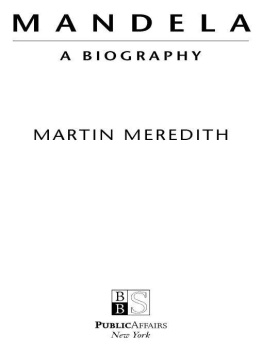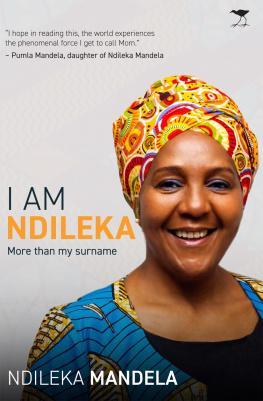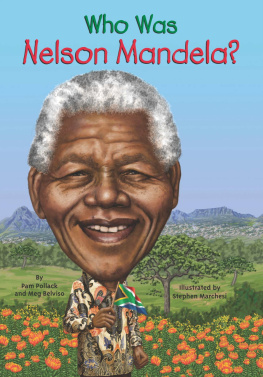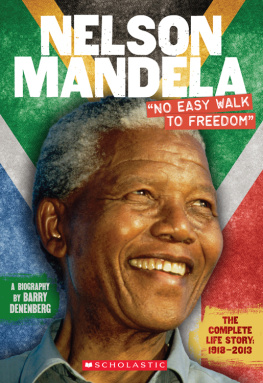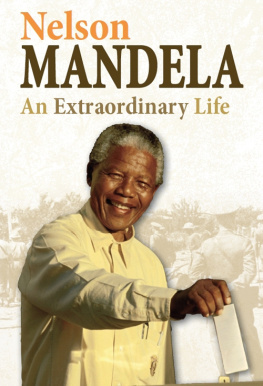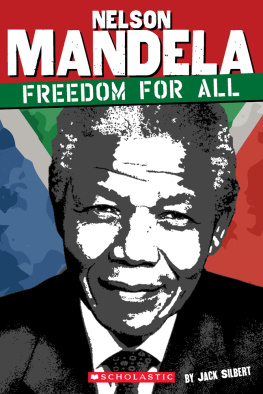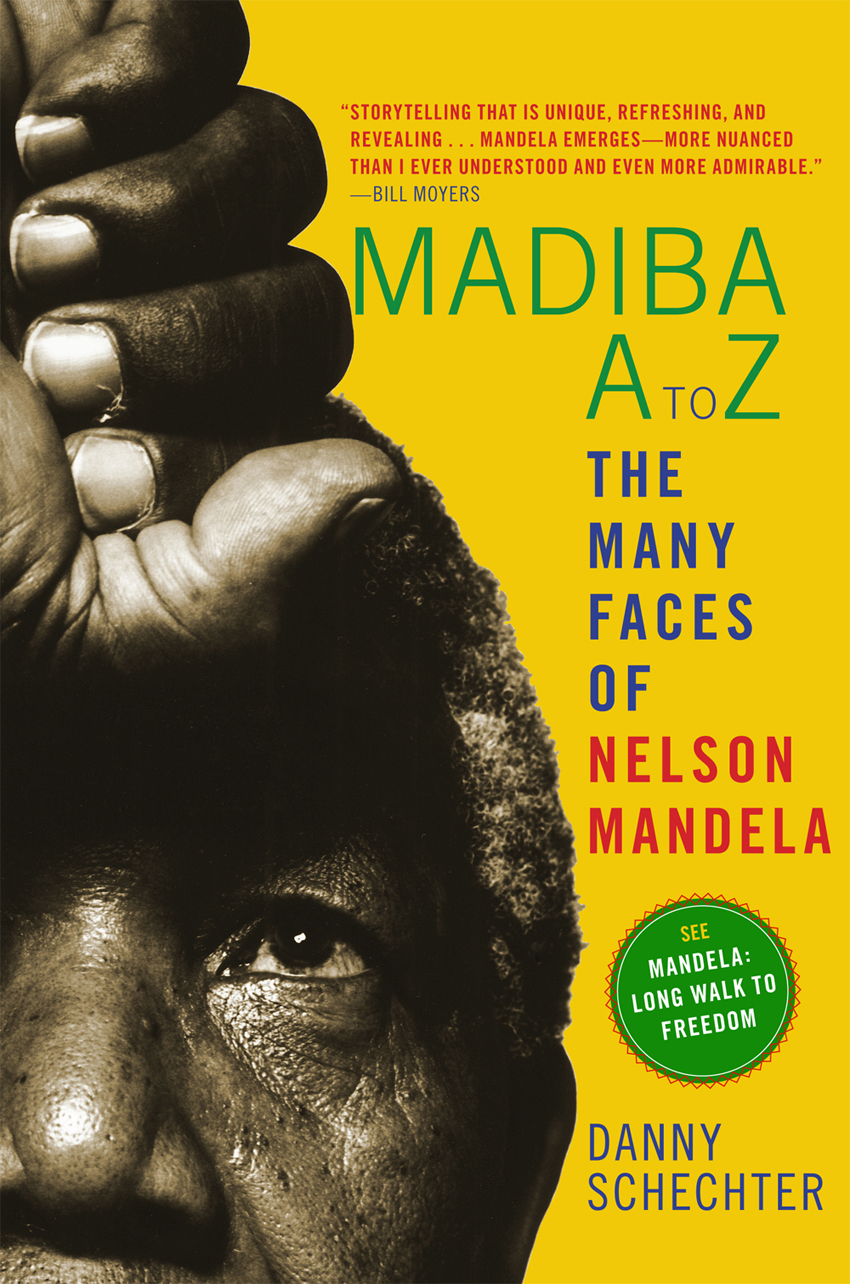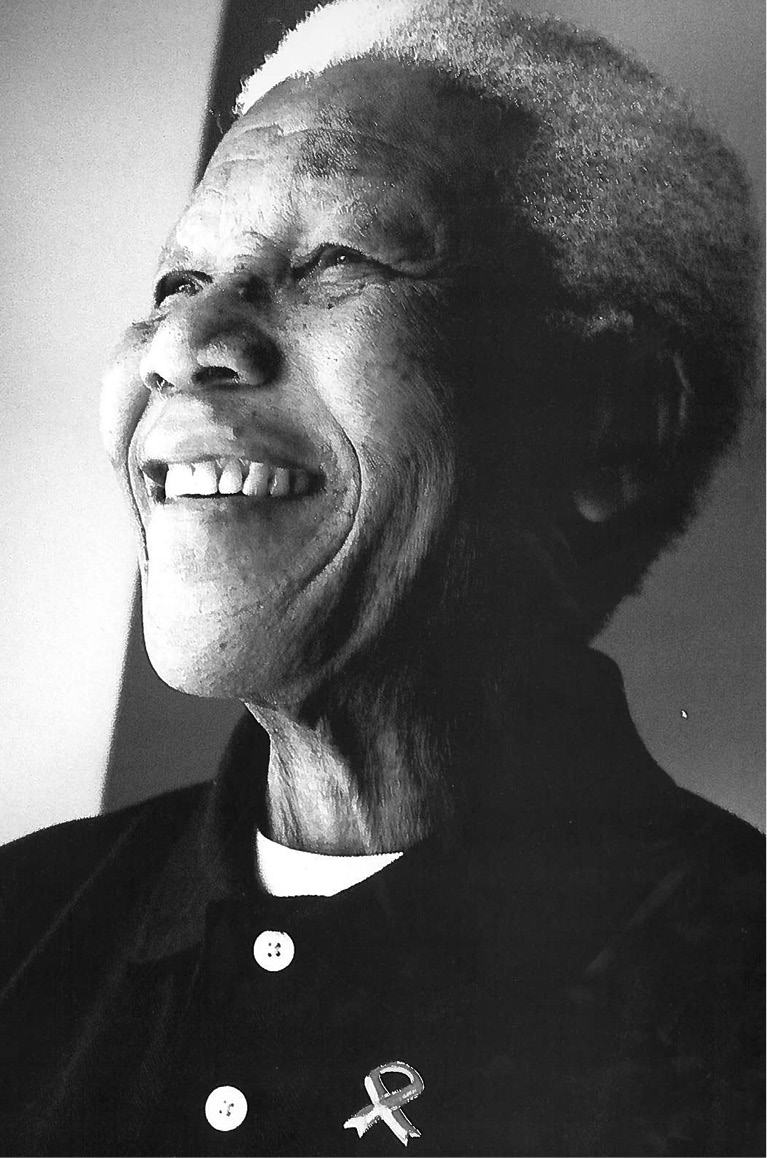Madiba
A to Z
The Many Faces of Nelson Mandela
Danny Schechter
Seven Stories Press
New York
Copyright 2013 by Videovision Entertainment Pty Ltd and Danny Schechter
Foreword 2013 by Anant Singh
Introduction and Postscript for Learners: Six Lesson from Nelson Mandela
2013 by Danny Schechter
A Seven Stories Press First Edition
All rights reserved. No part of this book may be reproduced, stored in a retrieval system, or transmitted in any form or by any means, including mechanical, electronic, photocopying, recording, or otherwise, without the prior written permission of the publisher.
Seven Stories Press
140 Watts Street
New York, NY 10013
www.sevenstories.com
College professors and middle and high school teachers may order free examination copies of Seven Stories Press titles. To order, visit www.sevenstories.com/textbook or send a fax on school letterhead to (212) 226-1411.
Book design by Jon Gilbert
Library of Congress Cataloging-in-Publication Data
Schechter, Danny.
Madiba A-Z : the many faces of Nelson Mandela / Danny Schechter. -- A Seven Stories Press First edition.
pages cm
Includes index.
ISBN 978-1-60980-557-9 (pbk.)
ISBN 978-1-60980-559-3 (hc.)
1. Mandela, Nelson, 1918- 2. Presidents--South Africa--Biography.
3. Political prisoners--South Africa--Biography. I. Title. II. Title:
Many faces of Nelson Mandela.
DT1974.S35 2013
968.065092--dc23
[B]
2013033539
Printed in the United States
9 8 7 6 5 4 3 2 1
A classic portrait of Nelson Mandelas radiant smile taken after he left office, with an AIDS awareness pin on his shirt. Courtesy of Mandela Centre of Memory. Photo by Matthew Willman.
For the freedom fighters who died and the freedom fighters who fight on after the liberation.
Contents
by Anant Singh
: Searching for the Meaning by Danny Schechter
Madiba A to Z
Physical discipline. Boxer, tennis player. His admiration for athletes.
Early days and wild branchesconflicts with ANC leaders. Lessons learned.
How comradeship helped him and his fellow prisoners cope with their long years of incarceration.
His role in fashioning a diplomatic compromise and avoiding a race war.
Life as a lawyer. Written statements, letters, and speeches that inspired millions.
Empathy for Afrikaners, and faith in peace and reconciliation.
An international outlook. Global travel and the ability to
galvanize support worldwide.
Origins and an austere lifestyle. Making his own bed. Interest in the lives of ordinary people.
Xhosa traditions, and the abiding interest in and connection to
people of all races and ethnic identities.
Prison years. How he coped, how he led.
The treason and Rivonia Trials. Prison regulations and his responses to them.
How the law was used to legalize inhumanity.
His search for love, his flirtatiousness, marriages, love of Winnie,
love of children, of family.The measure of the price he paid with his years
in prison away from them all.
From his days in the ANC Youth League to launching Umkhonto we Sizwe,
the military wing of the ANC.
Dealings with internal conflicts and external threats. Outreach to whites and other minorities.
His philosophy and commitment to creating a new future for his country.
His optimism and concern for peace in Africa and the world.
How he was elected and his term in office.
The questions people around the world ask most frequently
about Nelson Mandela.
The world recognizes and honors Madiba, but what does he think of this adulation?
How does Madiba see and recognize himself?
Standing up for his beliefs. Fighting for the poor and those afflicted with AIDS.
He helped push a nonviolent movement into armed struggle.
Was he a terrorist?
There are many sides to Mandela that many do not know.
The power of music and praise poetry in the Mandela story,
seen through the eyes of two of his favorite artists.
Millions waited years for Mandelas release after twenty-seven and a half years of incarceration. The wait continued, even on the day he left prison.
The role of external pressure in winning South Africans liberation and the need,
even now, for rebirth away from the old ways.
Youth made the revolution, and Mandela began as a youth leader.
As it becomes clearer that enormous challenges remain, the country evolves from the Zuid-Afrika of Dutch origin to its Internet domain .zaand beyond.
: Six Lessons from Nelson Mandela
Foreword
Anant Singh
producer, Mandela: Long Walk To Freedom
At our Videovision Offices in Durban, South Africa, there are twelve large color photos honoring Nelson Mandela, each offering a different insight into the man our country knows by his clan name, Madiba, and a leader I have been fortunate to know as a friend.
In one picture he is smiling, even guffawing, laughing aloud in a way that would seem to contradict the more formal images in the official portraits. In another, we just see the back of his head as he lectures a group of schoolboys, mostly white, all rapt attention. In still another, there is a wistful picture of his then-wife Winnie at the peak of her beauty and militancy staring off next to a photo of a smiling younger and dapper Nelson in a characteristic 1950s pose wearing a smart suit with a distinctive hairstyle of the time.
Each one of the twelve photos shows a different face of the man who was once the worlds most famous political prisoner, but who, because of the apartheid regimes edict that his image be banned, for many years we couldnt see. Mandela himself was often reluctant to let his enemiesor even his friendsinto his emotional life. Because of the discipline it took for him to survive the years of brutal imprisonment, he was forced to go inside in order for his thoughts and dreams to survive.
For the last sixteen years, I have been obsessed with one idea: to bring Mandelas story to the big screen, to popularize and memorialize his remarkable journey, the story he tells in his autobiography, Long Walk to Freedom , first written behind bars, and then completed after his release from prison decades later. I wanted to offer the world a film we could be proud of, one that would do justice to what Madiba has given to our country and the world.
I was blessed when he awarded us the rights to his story, insisting that South Africans be the ones to tell this uniquely South African story, even as he wondered at first whether anyone would be interested in seeing a movie of his life. Such was his humility and faith.
Making the movie became a long walk in itself. I never expected it to take so long. But when you do something as complex as Long Walk , and do it in a way that is a fitting tribute and honest account of an amazing life, it cant be rushed. It has been an uphill battle. There have probably been fifty-five drafts of the screenplay over a period of fifteen years. As is common in making films of this scale, one piece comes in, two pieces fall out, another two pieces come in, one piece falls out.
Over time we assembled a team better than any we could have hoped for when we were starting out, and together we created a movie that has turned out better than we ever hoped it would.
We have dedicated ourselves to telling this story in a way that is informative and entertaining, that doesnt feel like a documentary but a drama, and can rivet moviegoers who already know something about Mandelas courage and commitment but also are open to learning more about his suffering and sacrifice. I was fortunate in having William Nicholson write the screenplay. He worked with me on Sarafina! , and also won recognition for his work on Gladiator and Les Mis rables , to cite but two outstanding films from his impressive body of work.


